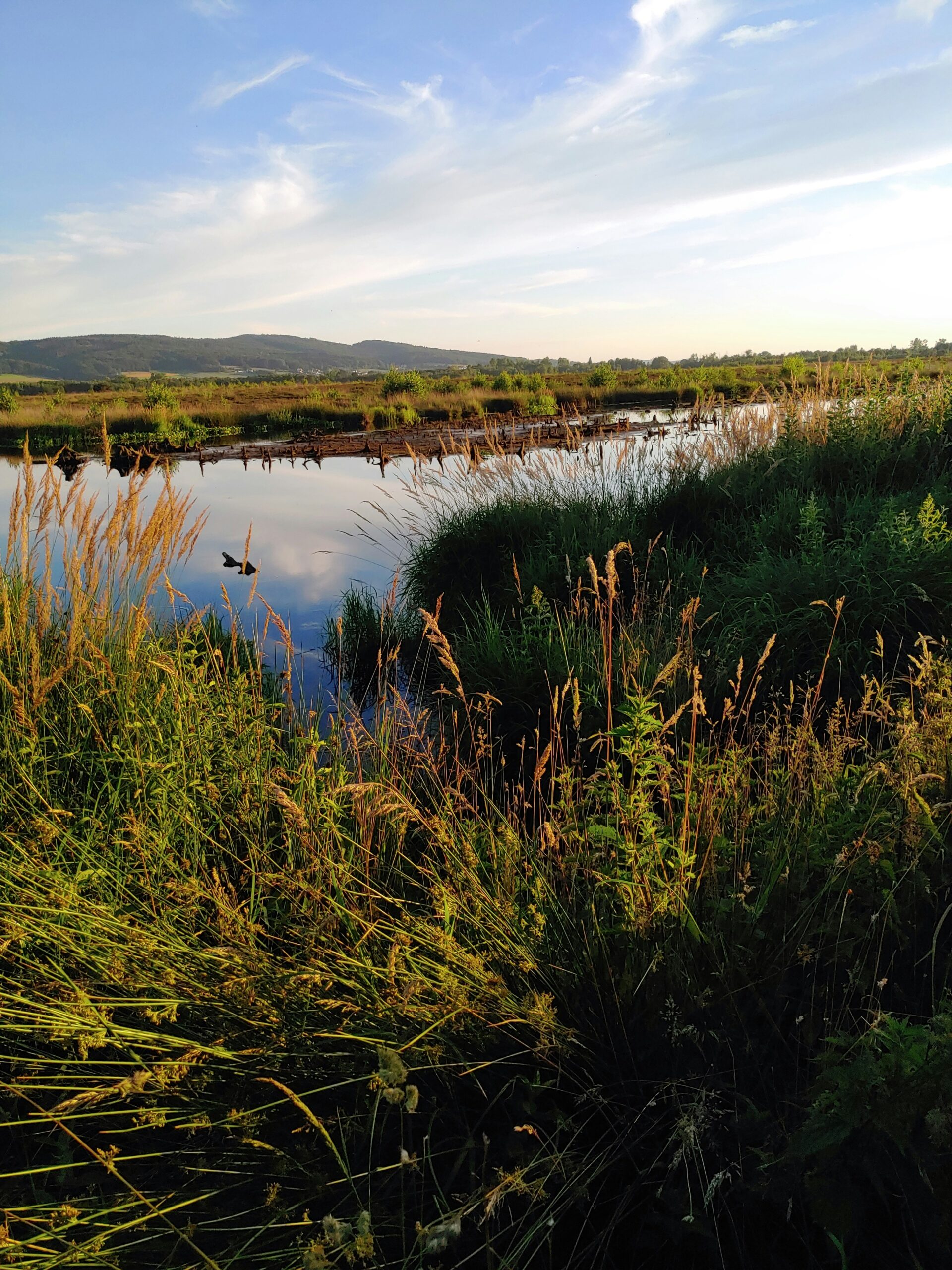This document was written by the team at Cypher Carbon Brokers Limited. It does not seek to achieve any form of academic standard but hopes to educate clients, employees and website visitors. This document was completed in February 2023.
To view this document as a PDF, follow this link.
What are the BNG requirements?
The new BNG legislation requires new planning applications to achieve a 10% increase in the biodiversity value of their proposed development site. This ecological uplift must be maintained for at least 30 years.
The development cannot begin until a BNG ‘Habitat Management and Monitoring Plan’ (HMMP) has been submitted.
The minimum increase is 10%. However, some councils are asking for higher returns. For example, Guildford and Brighton and Hove councils are both enforcing a 20% BNG requirement.
Affected developments:
BNG applies to all ‘major developments’ which DEFRA have outlined to residential development (10+ units or a site >0.5ha); and buildings greater than 1,000 square metres.
Developments that do not impact priority habitats are exempt, as are small developments (smaller than outlined above) until April 2024. Nationally significant infrastructure projects are exempt until November 2025.
What to include in a BNG plan?
The plan should display how the net gain will be achieved. This includes on-site habitat plans, reference numbers of off-site unit purchases, and proof of statutory unit purchases.
Response times:
The planning authority has 8 weeks to respond to your BNG plan. Discussing a draft plan with the council may accelerate this.
BNG priorities:
The legislation requires developers to consider the following order of priorities when looking a achieve their BNG; on-site habitat enhancement; on-site habitat creation; off-site BNG unit procurement; and the last resort of a statutory biodiversity credit purchase. This order of priority will be taken into account should the planning authority approve the BNG plan. As statutory credits have been set at extremely high prices, developers are incentivised to comply.
Off-site unit locations:
DEFRA have published a biodiversity metric calculation tool called the ‘spatial risk multiplier’. This again incentivises developers to purchase off-site units locally. The further away the units are from the development, the less valuable they become, and the more units the developer has to purchase.
Is BNG required on irreplaceable habitats?
No. The required compensation for any impact on irreplaceable habitats will have to be agreed with the local planning authority. The list of irreplaceable habitats will be updated later on this year but will likely match the examples laid out within the National Planning Policy Framework.
Securing off-site BNG units:
Most commonly, section 106 agreements and conservation covenants create a legally binding contract to create or enhance a habitat and manage it for 30 years.
BNG unit prices:
Due to the nascent stage of this market prices are hard to gauge as it isn’t abundantly clear how well the supply will cater to the demand. As the cheapest statutory unit has been set at £42,000 it is estimated that prices will fluctuate between £20,000-£30,000 depending on the size of purchase. The estimated demand from developers for off-site units is circa 7,000 units per annum.
Please get in touch for further information, or to chat to the team about how we can help you achieve BNG on your development sites.


